Student Loans Holding You Back? Here's How to Manage and Pay Them Off

The burden of student loans is one of the biggest financial challenges faced by college graduates today. It can make it more difficult for many to buy a home, start a family, or save for retirement. As a result, the issue has sparked significant political debate in the United States, with calls for student loan forgiveness and reforms to the repayment system. However, beyond political discussions, it’s crucial that Americans take proactive steps to manage their student loan debt in order to safeguard their long-term financial health. By developing a clear repayment plan, graduates can regain control of their finances and work toward a debt-free future.
1. Calculate Your Total Debt
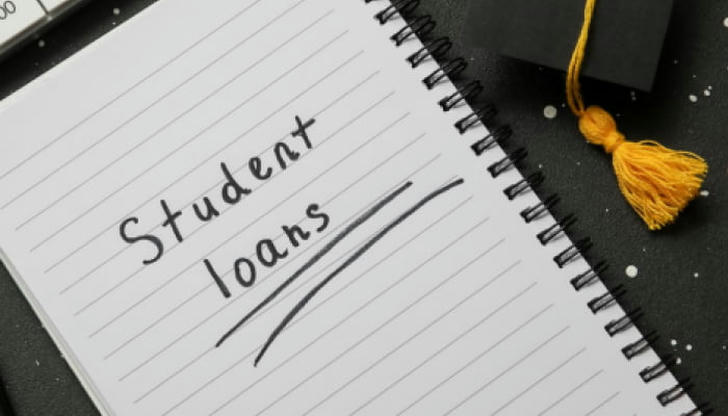
The first step in managing your student loan debt is to understand the full scope of what you owe. Calculate your total debt by listing all loans you have, including federal loans, private loans, and any parent loans. Check your loan servicer’s website for a breakdown of how much you owe and the interest rates associated with each loan. Understanding the total amount helps you develop an effective repayment strategy.
2. Know the Terms
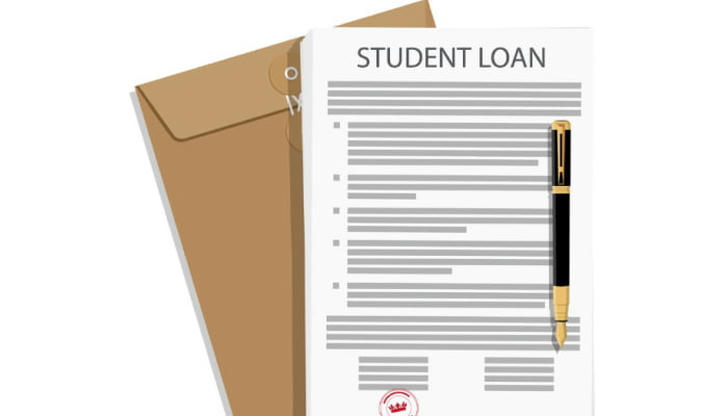
It’s essential to know the terms of each of your student loans. Federal student loans typically have set interest rates and repayment plans, while private loans may have variable rates. Make sure you know the interest rates, repayment schedules, and any grace periods for each loan. Familiarizing yourself with these terms can help you decide on the best repayment options, especially when dealing with multiple loans with different terms.
3. Review the Grace Periods

Many federal student loans offer a grace period, usually six months, after graduation before payments begin. Take advantage of this grace period to assess your financial situation and plan accordingly. Private loans may not offer grace periods, so it's essential to understand when payments will start and prepare ahead of time to avoid missing deadlines.
4. Explore Loan Forgiveness
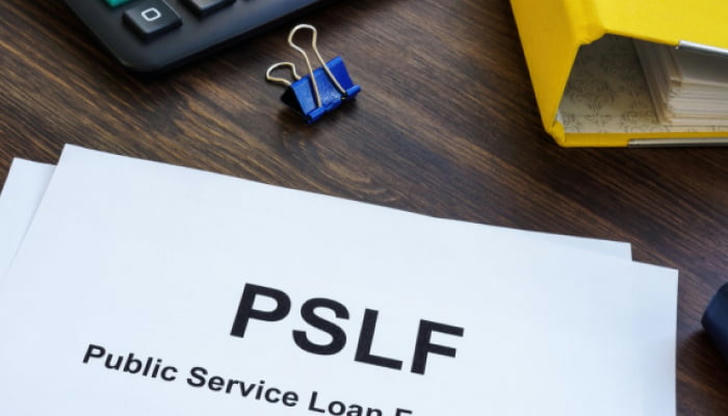
Loan forgiveness is a valuable option for those in public service students_loanss. Programs like Public Service Loan Forgiveness (PSLF) offer a path to having your loans forgiven after 10 years of qualifying payments while working in the public or nonprofit sector. If you're in a qualifying job, make sure to apply for forgiveness programs early and keep track of your progress.
5. Explore Alternative Repayment Plans
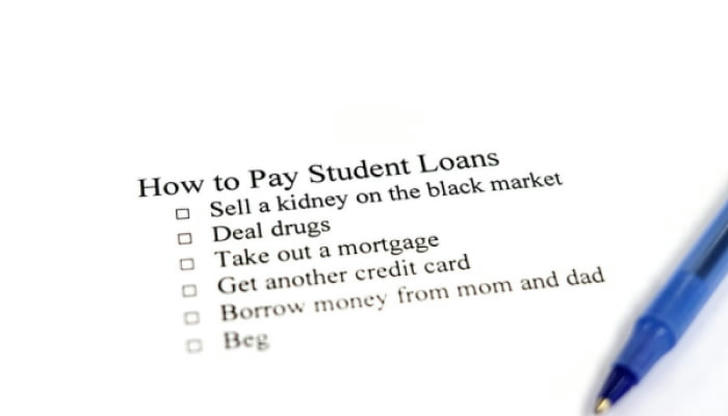
Federal student loans offer several repayment options, including Income-Driven Repayment (IDR) plans, which can reduce monthly payments based on your income. These plans can be helpful if you're struggling to make standard monthly payments. Other alternatives include Graduated Repayment and Extended Repayment plans, which can offer more flexibility if you're having difficulty managing your monthly loan payments.
6. Consider Consolidation
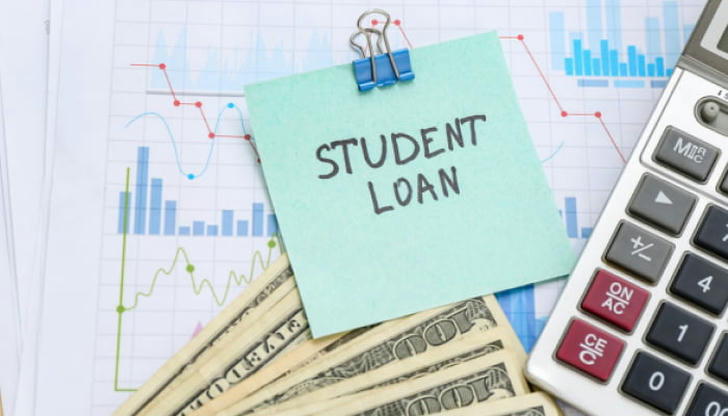
Student loan consolidation allows you to combine multiple loans into one loan, simplifying your monthly payments. If you have multiple federal loans, consolidation can make your life easier by offering a single, fixed monthly payment. However, it’s important to understand that consolidation may change your repayment term and interest rate, so you need to weigh the pros and cons before proceeding.
7. Use the Debt Avalanche Strategy

If you have both federal and private student loans, it’s wise to consider using the debt avalanche strategy. This method involves paying off the loans with the highest interest rates first, which reduces the total interest you pay over time. After paying off the highest-interest loan, focus on the next highest, and so on. This strategy helps you minimize the amount of interest that accrues, allowing you to pay off your debt more efficiently.
8. Pay Down Principal

If you're financially able to, try to make extra payments toward your principal balance. By paying down the principal early, you reduce the total interest you will pay over the life of the loan, which can significantly shorten the length of your repayment term. Even small additional payments can add up over time and accelerate your journey to becoming debt-free.
9. Pay Automatically

One of the easiest ways to stay on top of your student loan payments is by setting up automatic payments. Most loan servicers offer a discount on your interest rate if you opt into automatic payments. Plus, it ensures that you never miss a payment, which helps protect your credit score and avoid late fees. It’s a simple yet effective way to stay consistent with your payments.
10. Defer Payments

If you find yourself in financial hardship, you may be able to defer your student loan payments temporarily. Deferment allows you to pause payments for a set period, though interest may still accrue, especially on unsubsidized loans. While this option provides temporary relief, it should be used sparingly, as deferring payments can increase your overall debt burden if interest accumulates.
How Do You Manage Student Loan Debt?

The key to managing student loan debt is to stay organized, make timely payments, and explore every possible option to ease the financial burden. Start by understanding your debt and making a plan to pay it off. Whether you take advantage of loan forgiveness, choose an alternative repayment plan, or use the debt avalanche strategy, every little step counts. Managing your student loan debt proactively is essential for maintaining financial health and achieving long-term goals, like homeownership or retirement savings.
What Happens if You Do Not Pay Off Your Student Loans?

Failing to manage student loans can have serious consequences. Defaulting on student loans can lead to wage garnishment, damage to your credit score, and loss of access to federal student loan benefits, such as deferment or forbearance. The federal government has the authority to garnish wages or seize tax refunds to recover unpaid loans. Additionally, if your credit score is affected, it could make it difficult to obtain loans for other major purchases, such as a car or home. Staying current with your payments is crucial to avoid these consequences.
What Is the Average Student Loan Debt?

As of recent reports, the average student loan debt in the United States is over $30,000. This debt varies widely depending on the type of degree and the institution attended. Graduates with advanced degrees, such as law or medical school graduates, may face even higher debt loads. While student debt is a common challenge, it’s important to remember that with a solid repayment strategy, it is manageable.
Conclusion
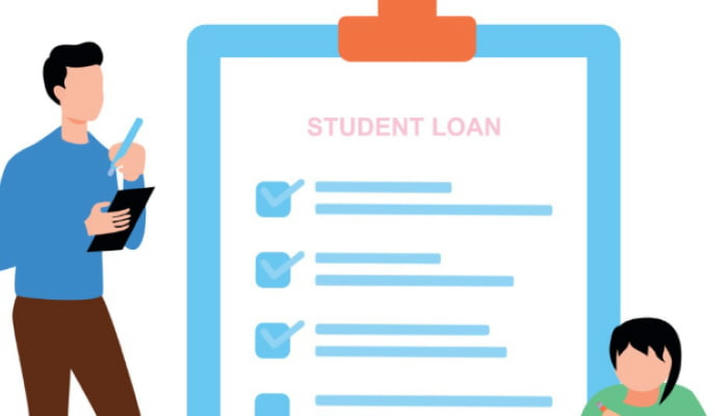
Student loan debt is a significant challenge for many college graduates, but it’s not an insurmountable one. By calculating your total debt, exploring repayment options, and utilizing strategies like loan forgiveness and the debt avalanche method, you can take control of your financial future. Managing your student loans effectively is crucial for your long-term financial health, so start early and stay consistent. The sooner you tackle your student loan debt, the sooner you can achieve financial freedom.
